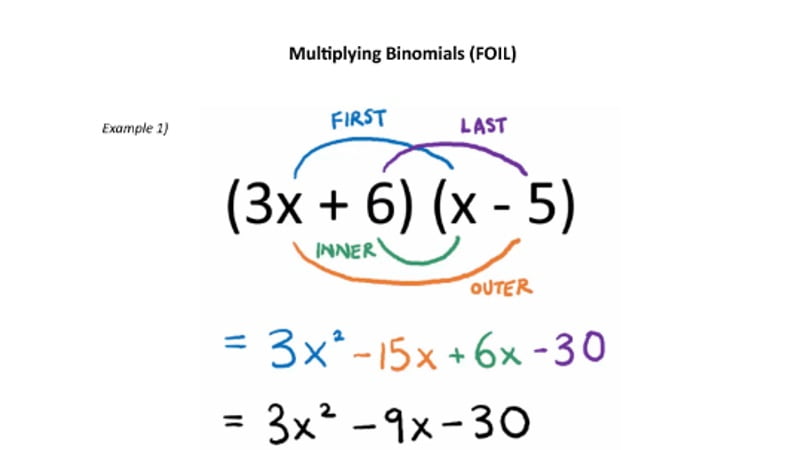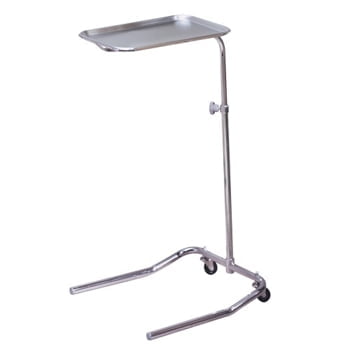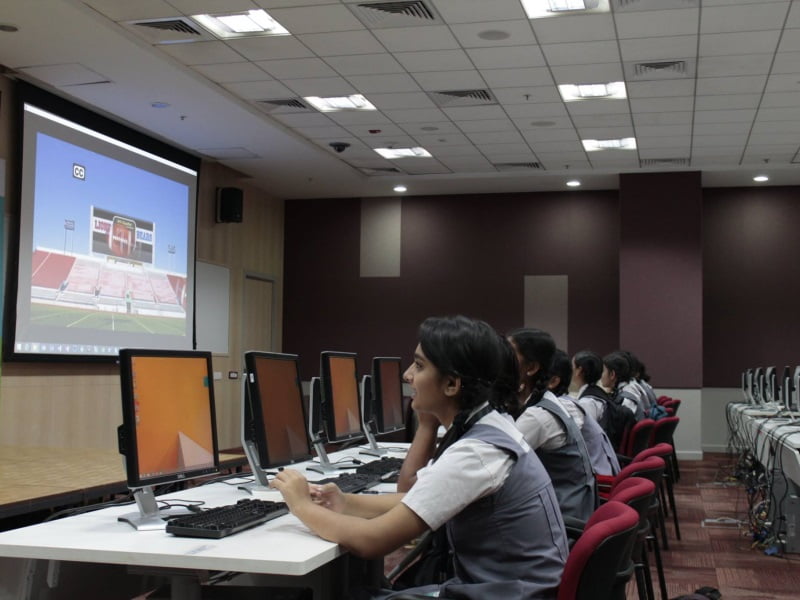
IoT Sustainability, Data At The Edge.
Recently I’ve written quite a bit about IOT, and one thing you may have picked up on is that the Internet of Things is made up of a lot of very large numbers.
For starters, the number of connected things is measured in the tens of billions, nearly 100’s of billions. Then, behind that very large number is an even bigger number, the amount of data these billions of devices is predicted to generate.
As FutureIoT pointed out, IDC forecasted that the amount of data generated by IoT devices by 2025 is expected to be in excess of 79.4 zettabytes (ZB).
How much is Zettabyte!?
A zettabyte is a very large number indeed, but how big? How can you get your head around it? Does this help…?
So let’s think of it in terms of London busses. Let’s image a byte is represented as a human on a bus, a London bus can take 80 people, so you’d need 993 quintillion busses to accommodate 79.4 zettahumans.
I tried to calculate how long 993 quintillion busses would be. Relating it to the distance to the moon, Mars or the Sun wasn’t doing it justice, the only comparable scale is the size of the Milky Way. Even with that, our 79.4 zettahumans lined up in London busses, would stretch across the entire Milky Way … and a fair bit further!
Sustainability Of Cloud Storage For 993 Quintillion Busses Of Data
Everything we do has an impact on the planet. Just by reading this article, you’re generating 0.2 grams of Carbon Dioxide (CO2) emissions per second … so I’ll try to keep this short.
Using data from the Stanford Magazine that suggests every 100 gigabytes of data stored in the Cloud could generate 0.2 tons of CO2 per year. Storing 79.4 zettabytes of data in the Cloud could be responsible for the production of 158.8 billion tons of greenhouse gases.
Putting that number into context, using USA Today numbers, the total emissions for China, USA, India, Russia, Japan and Germany accounted for a little over 21 billion tons in 2019.
So if we just go ahead and let all the IoT devices stream data to the Cloud, those billions of little gadgets would indirectly generate more than seven times the air pollution than the six most industrial countries, combined.
Save The Planet, Store Data At The Edge
As mentioned in a previous article, not all data generated by IoT devices needs to be stored in the Cloud.
Speaking with an expert in data storage, ObjectBox, they say their users on average cut their Cloud data storage by 60%. So how does that work, then?
First, what does The Edge mean?
The term “Edge” refers to the edge of the network, in other words the last piece of equipment or thing connected to the network closest to the point of usage.
Let me illustrate in rather over-simplified diagram.
How Can Edge Data Storage Improve Sustainability?
In an article about computer vision and AI on the edge, I talked about how vast amounts of network data could be saved if the cameras themselves could detect what an important event was, and to just send that event over the network, not the entire video stream.
In that example, only the key events and meta data, like the identification marks of a vehicle crossing a stop light, needed to be transmitted across the network. However, it is important to keep the raw content at the edge, so it can be used for post processing, for further learning of the AI or even to be retrieved at a later date, e.g. by law-enforcement.
Another example could be sensors used to detect gas leaks, seismic activity, fires or broken glass. These sensors are capturing volumes of data each second, but they only want to alert someone when something happens – detection of abnormal gas levels, a tremor, fire or smashed window.
Those alerts are the primary purpose of those devices, but the data in between those events can also hold significant value. In this instance, keeping it locally at the edge, but having it as and when needed is an ideal way to reduce network traffic, reduce Cloud storage and save the planet (well, at least a little bit).
Accessible Data At The Edge
Keeping your data at the edge is a great way to save costs and increase performance, but you still want to be able to get access to it, when you need it.
ObjectBox have created not just one of the most efficient ways to store data at the edge, but they’ve also built a sophisticated and powerful method to synchronise data between edge devices, the Cloud and other edge devices.
Synchronise Data At The Edge – Fog Computing.
Fog Computing (which is computing that happens between the Cloud and the Edge) requires data to be exchanged with devices connected to the edge, but without going all the way to/from the servers in the Cloud.
In the article on making smarter, safer cities, I talked about how by having AI-equipped cameras share data between themselves they could become smarter, more efficient.
A solution like that could be using ObjectBox’s synchronisation capabilities to efficiently discover and collect relevant video footage from various cameras to help either identify objects or even train the artificial intelligence algorithms running on the AI-equipped cameras at the edge.
[“source=wellthatsinteresting”]













